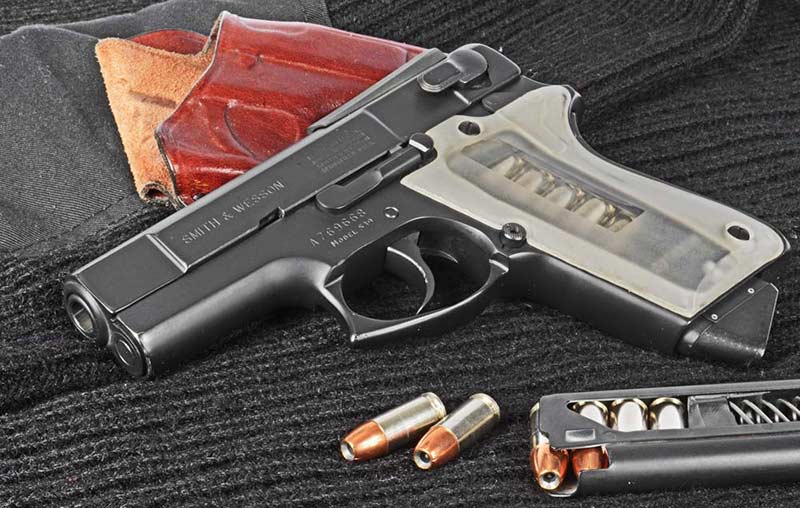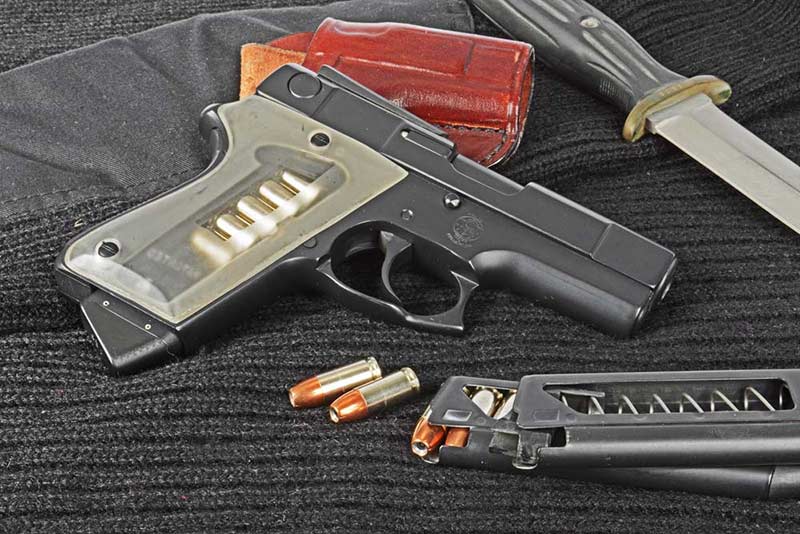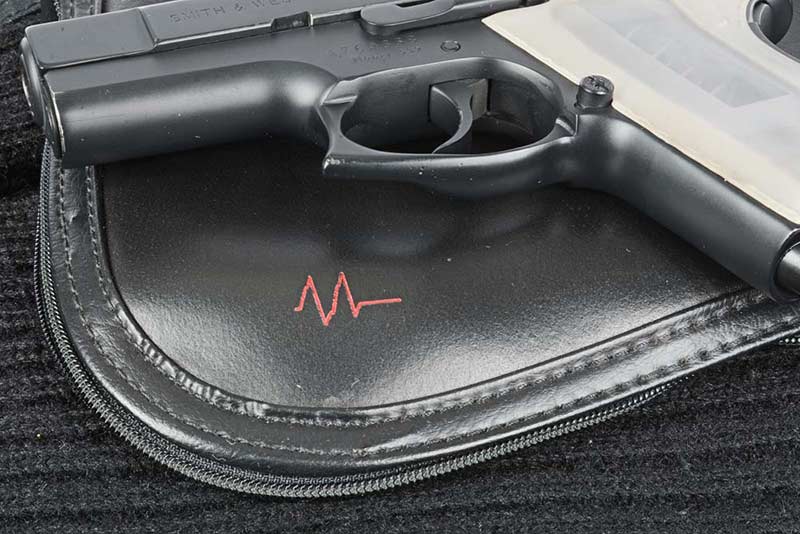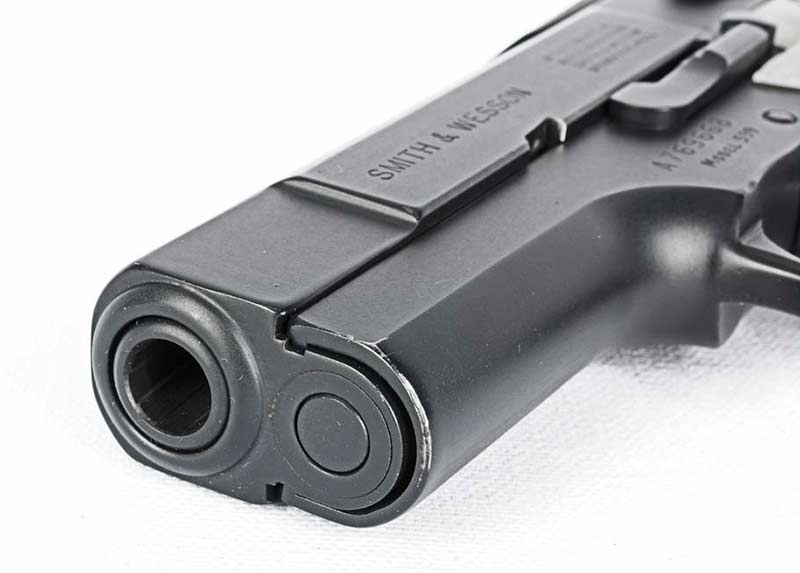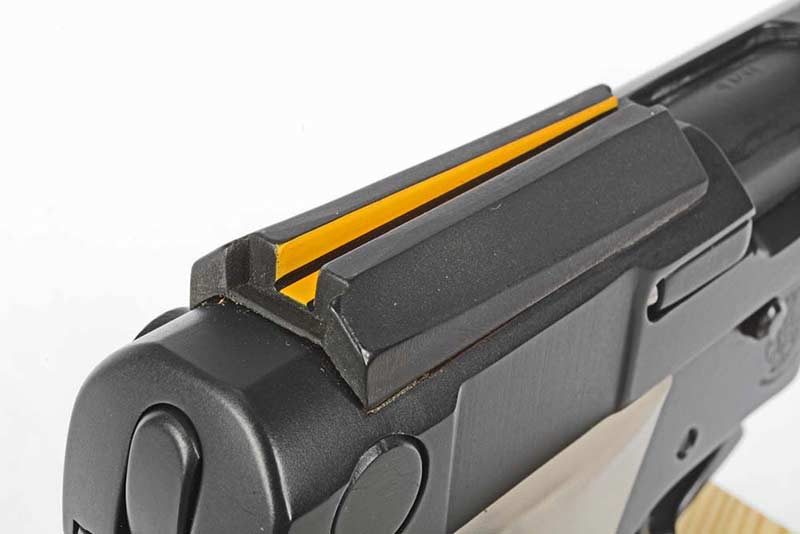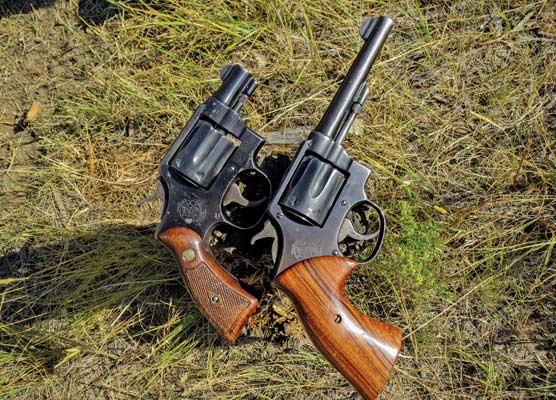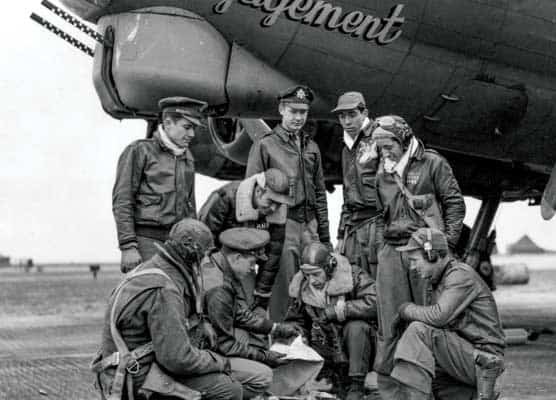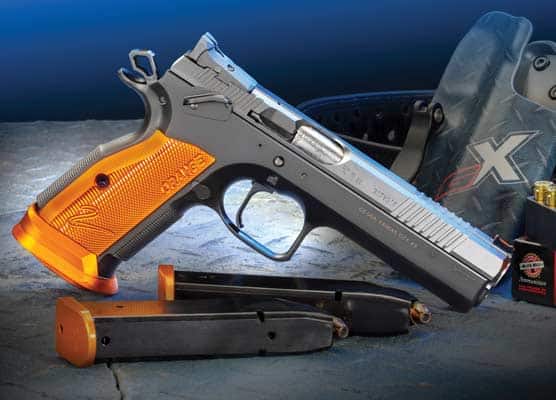Historically Significant:
The Groundbreaking ASP 9MM
In the early 1970s, a CCW gun looked a lot like a PPK or a snub-nosed .38. No doubt a few stalwarts carried Colt M1911s or large-caliber revolvers, but for most people a concealment semi-auto was chambered for one of the John Browning pocket pistol triplets, the .380, .32 or much-maligned .25 ACP. You had power, or you had concealability, but not both.
Paris Theodore, founder of the pioneering Seventrees Concealment Holster Company, changed this in the late ’60s when he designed a rather thorough package of modifications for the S&W M39 9mm. Introduced in 1954 after the obvious inspiration of the Walther P38s that came home from WWII, the slim single-stack 39 was the first American DA auto.
The ASP Is Born
Theodore’s version was called the ASP, after Armament Systems and Procedures, the sister company actually doing the conversion work, and it was revolutionary. The aluminum frame of the 39 already kept weight low, and in place of the service-pistol dimension of the 39 (S&W had unsuccessfully tried to sell it to the military), the barrel and slide were shortened some 3/4″ and the butt was likewise bobbed.
Though many gunsmiths offered similar — but often less-refined — packages later on for the 39 and other guns, it’s more complicated than it sounds. Shortening the butt usually required cutting out and re-welding a section of the frame. Shortening a pistol with a Browning-style tilting barrel changes its unlocking angle, introducing geometry problems — not to mention reducing the mass of the slide and barrel, a critical element of how (and how fast) the gun cycles.
Unlike the current trend of checkering everything, the rear slide serrations were machined off to make the gun more svelte, and the muzzle end of the slide likewise received Browning Hi-Power like machine cuts. The safety lever was flattened out and the front sight left off entirely, since the patented Guttersnipe rear sight system functioned without one.
Ahh, the Guttersnipe. Designed to be looked through, it’s a trough with three yellow sides running lengthwise with the slide. The angled sides of the trough create leading lines to point at the target. When aligned correctly, which is harder than it sounds, the visual effect is of three yellow triangles, one pointed up and two pointing inwards. I don’t know if it’s truly fast for most people, but at the ranges for which it was intended many people probably weren’t using their sights anyway.
More Innovation
The bottom half of the gun got the same amount of attention. The hammer was bobbed, and the triggerguard was welded up and reshaped to create a distinctive hook for those using the finger-forward shooting technique since fallen out of favor. The strong side of the guard was narrowed so the shooter could get on the trigger that much faster. This is a safer version of the Fitz modification where the triggerguard is removed entirely.
The sides of the magazine were cut away so the shooter could look through the clear Lexan grip panels and see how many rounds were left in the gun. After all the sharp edges were rounded, the whole package was coated with black Teflon, creating a subdued, rust-resistant presentation.
Since Theodore was, after all, a holster maker, concealment leather was available with such features as hidden magnets to help retain spare magazines. Many of these designs live on in the products of Ken Null, who continues to produce them, also using the Seventrees motto “Unseen in the best places.”
Many handguns in this world are adaptable to a number of different tasks — not the ASP. It was intended for deadly serious business, an image ASP cheekily embraced with their logo of a heartbeat going to flatline. It made enough of an impression to replace 007’s PPK in some of the later James Bond books. It also made an impression on an Ohio gunsmith who thought he could do better — but we’ll get to the Devel story later.
ASP pistols were produced until the late 1980s, around the time the GLOCK 19 was introduced, having pioneered the concept of a concealment pistol chambered for a service cartridge. That’s something we now take for granted. Online production estimates range widely, but these days the ASP is rarely seen — as, in a different sense, it always was. The pistol shown in the accompanying photos is an extremely rare steel-framed model. S&W made fewer than 1,000 steel 39s, so the number of those turned into ASP’s can likewise be expected to be very low.
Like, maybe just the one?

